Many of the North Coast’s stream and river valleys were cleared and drained for agriculture or development in the late 1800s. Over the past two centuries, Humboldt Bay has lost 90% of its tidal salt marsh and an unknown amount of freshwater marsh due to human impacts over the past two centuries. Sea level rise due to climate change has the potential to cause even greater loss of coastal wetlands. CEINC supports coastal and instream projects that restore wetland hydrology and vegetation and improve flood storage, water quality, and fish and wildlife habitat.
Cochran Creek and Quail Slough Fish Passage and Channel Enhancement Project
Cochran Creek is a tributary to Fay Slough, a branch of a larger slough network that drains into Humboldt Bay. The Cochran Creek Watershed was once connected to an extensive tidal marsh ecosystem that sustained diverse populations of fish and wildlife species, including Endangered Species Act (ESA)-listed Coho and Chinook Salmon, and steelhead. As part of conversion of the lower watershed to a “working landscape” around the turn of the century, the wetlands behind the dikes were drained and protected from tidal inundation with tide gates, which opened to allow freshwater to drain into the bay at lower tides and closed at higher tides to prevent saltwater from entering the agricultural fields. Therefore Cochran Creek and Quail Slough are predominantly freshwater and have not been tidally influenced in more than a century.
The Cochran Creek and Quail Slough Fish Passage and Channel Enhancement Project will restore connectivity of Cochran Creek and Quail Slough with the Pacific Ocean in order to restore tidal inundation while protecting the productivity of agricultural lands. The project will restore access for salmonids through the Cochran Creek tide gate barrier and enhance channel, floodplain, and riparian habitats within Cochran Creek and its tributary Quail Slough. These objectives will be achieved through:
- Installation of fish-friendly tide gates at the confluence of Cochran Creek and Fay Slough, and at the confluence of Quail Slough and Fay Slough;
- Enhancement of channel conditions and instream habitats for both Cochran Creek below Myrtle Avenue and for Quail Slough downstream of Myrtle Avenue.
Replacement of the tide gate at the confluence of Cochran Creek and Fay Slough will open up 1.93 miles of accessible habitats for juvenile Coho Salmon rearing and adult Coho Salmon spawning. The new tide gate will reintroduce a muted tidal cycle into Quail Slough and restore brackish non-natal rearing habitats for Coho Salmon. Restoration of the Cochran Creek channel will reestablish floodplain connectivity and restore habitat upstream of the tide gate to create holding/rearing habitat for ESA-listed salmonids and allow upstream migration for spawning adults.
CEINC administered design and permitting of the Cochran Creek and Quail Slough Fish Passage and Channel Enhancement Project with funding provided by the CA State Coastal Conservancy and California Department of Fish and Wildlife Fisheries Restoration Grant Program. Construction is currently being implemented by California Trout with funding provided by the CA State Coastal Conservancy, California Department of Fish and Wildlife Proposition 1 Restoration Grant Program, and California Natural Resources Agency Environmental Enhancement and Mitigation Program (EEM).
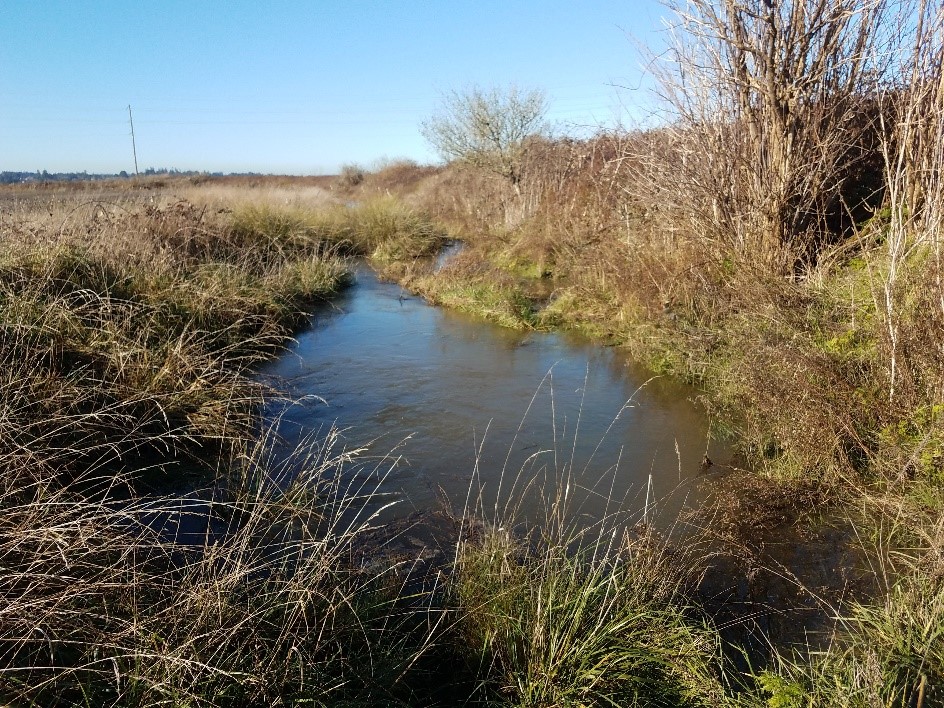
Top row: Degraded pre-project conditions
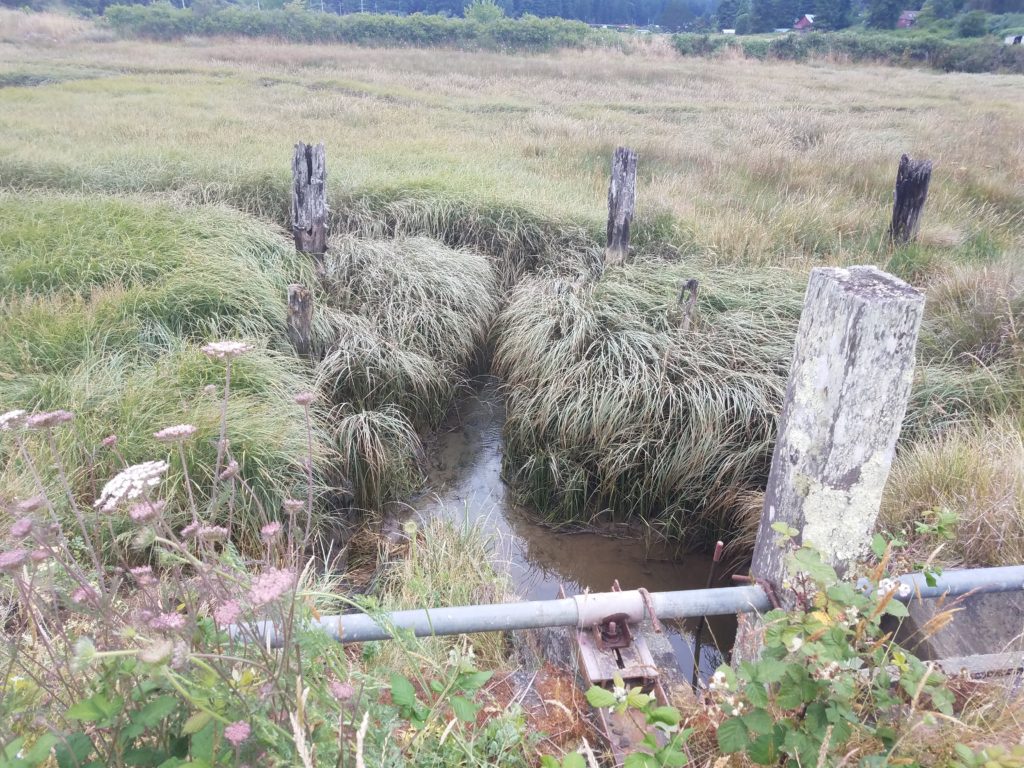
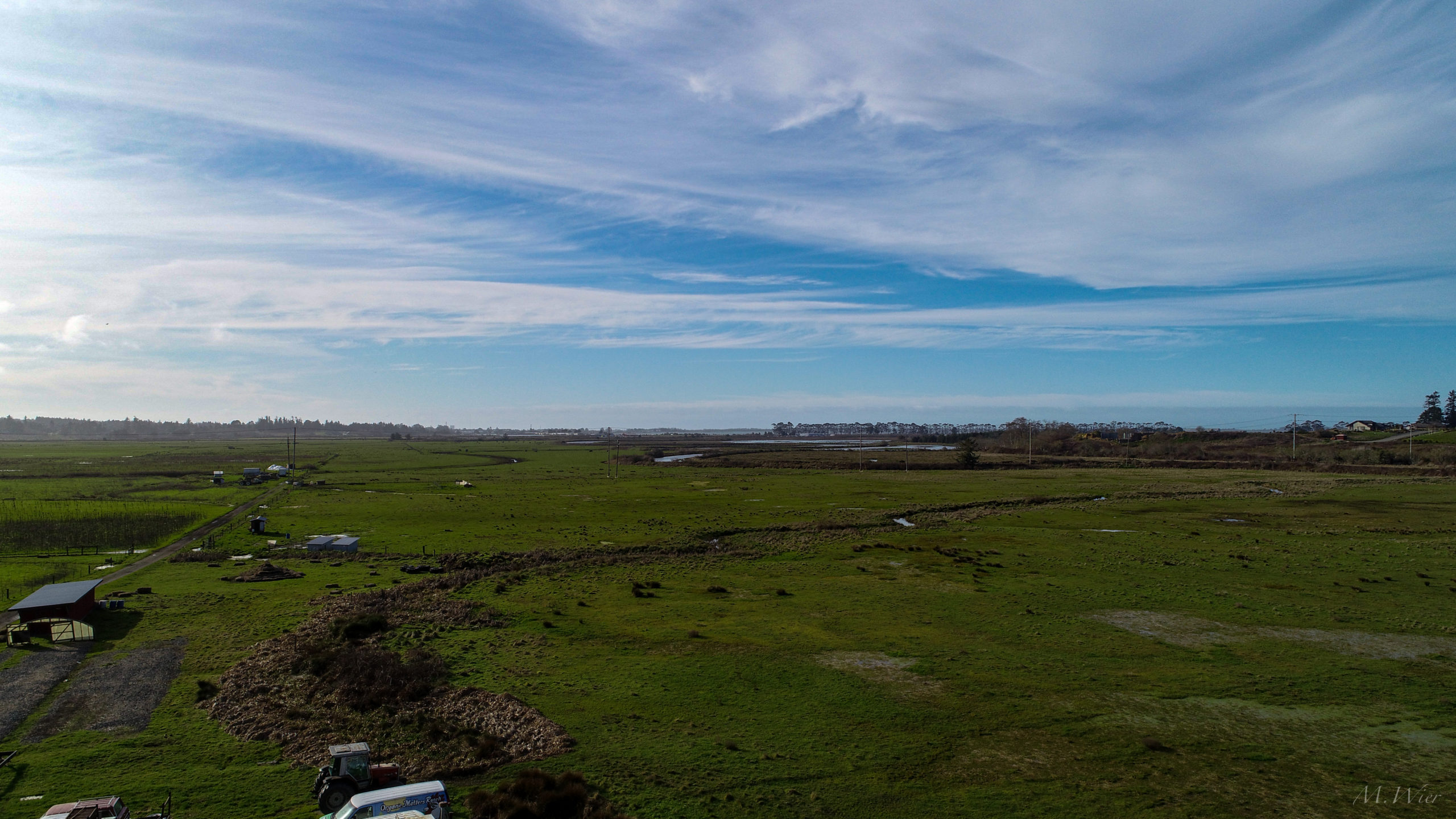
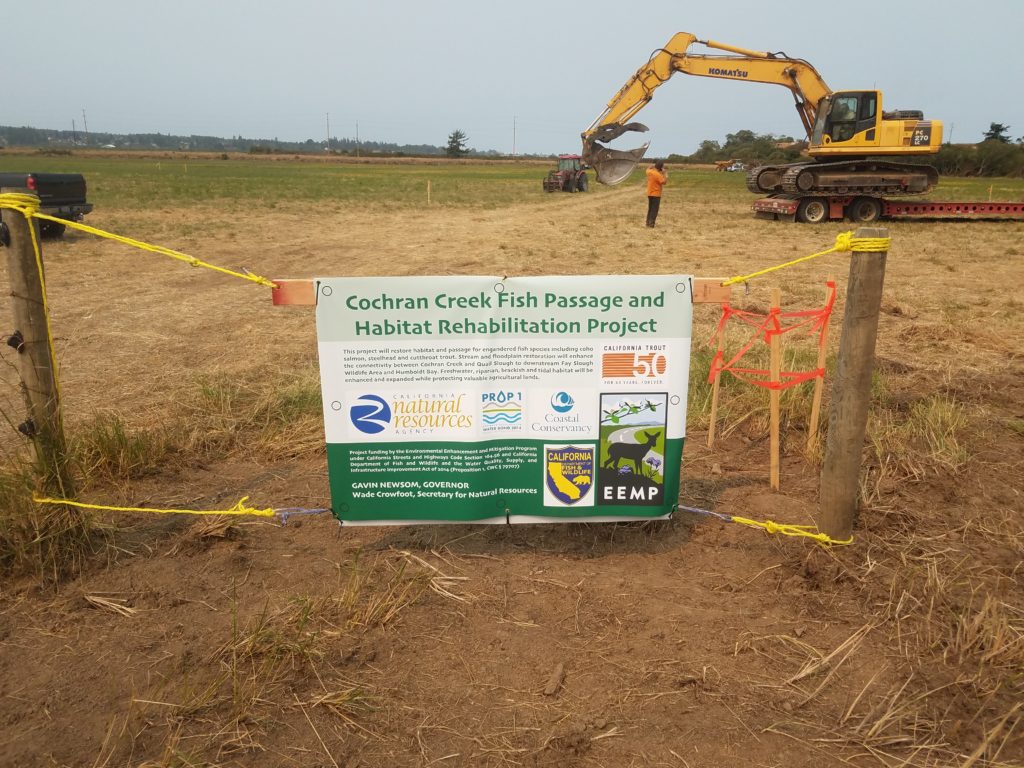
Construction (August 2021)
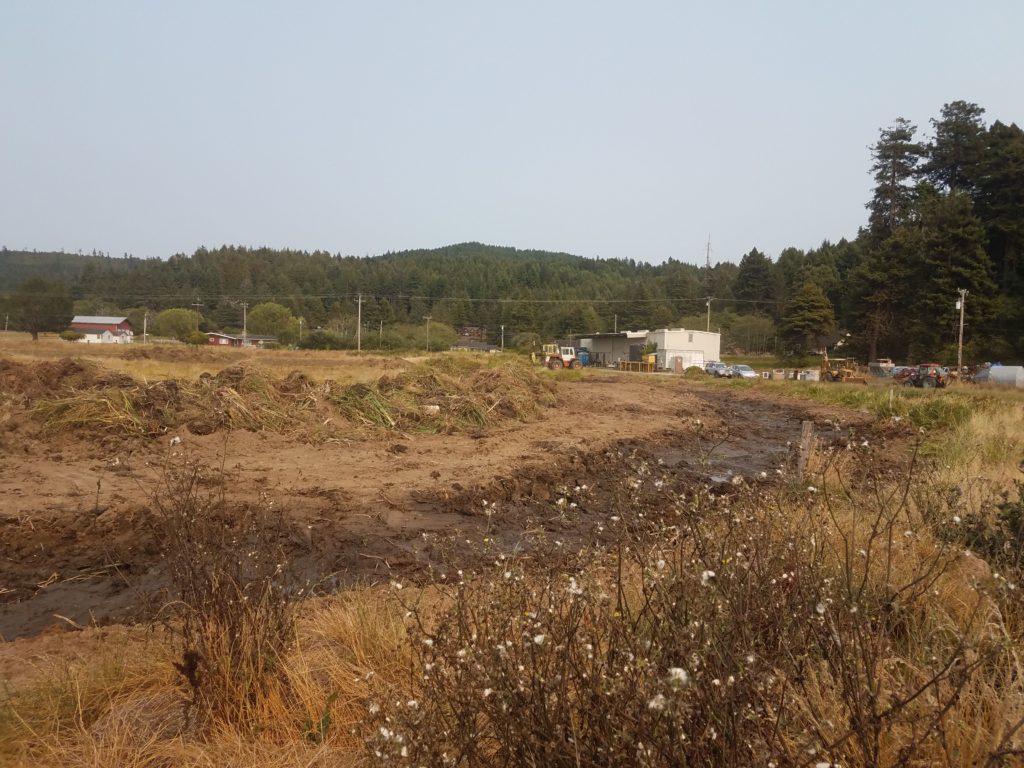
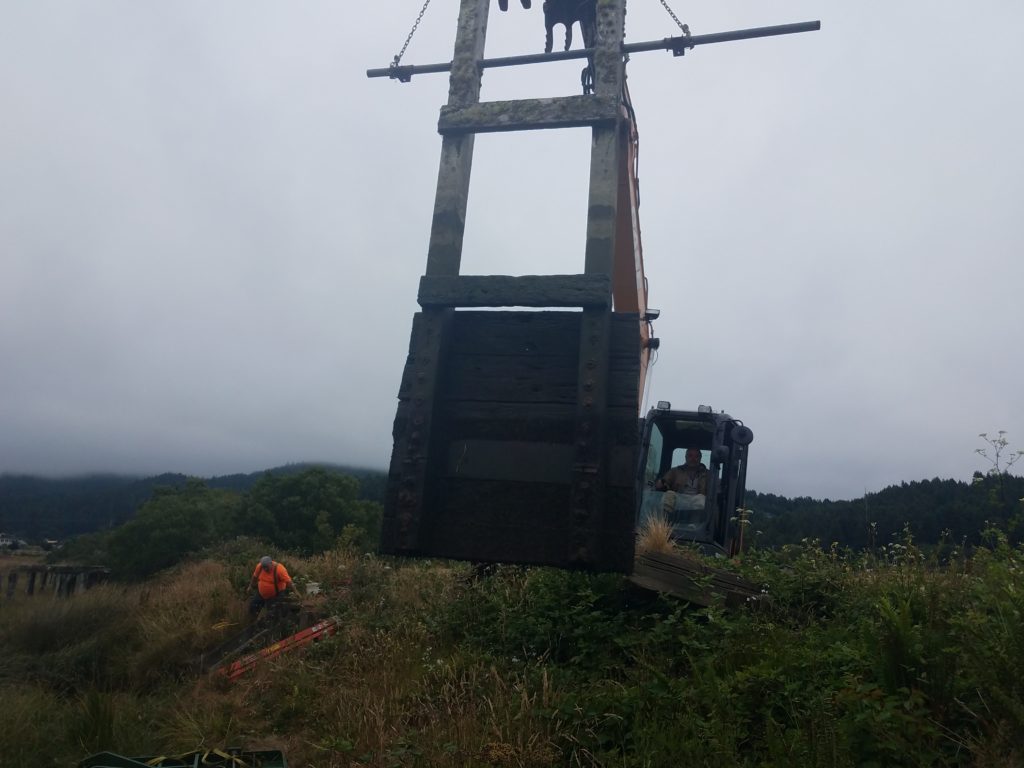
Removal of old, top-hinged tide gate
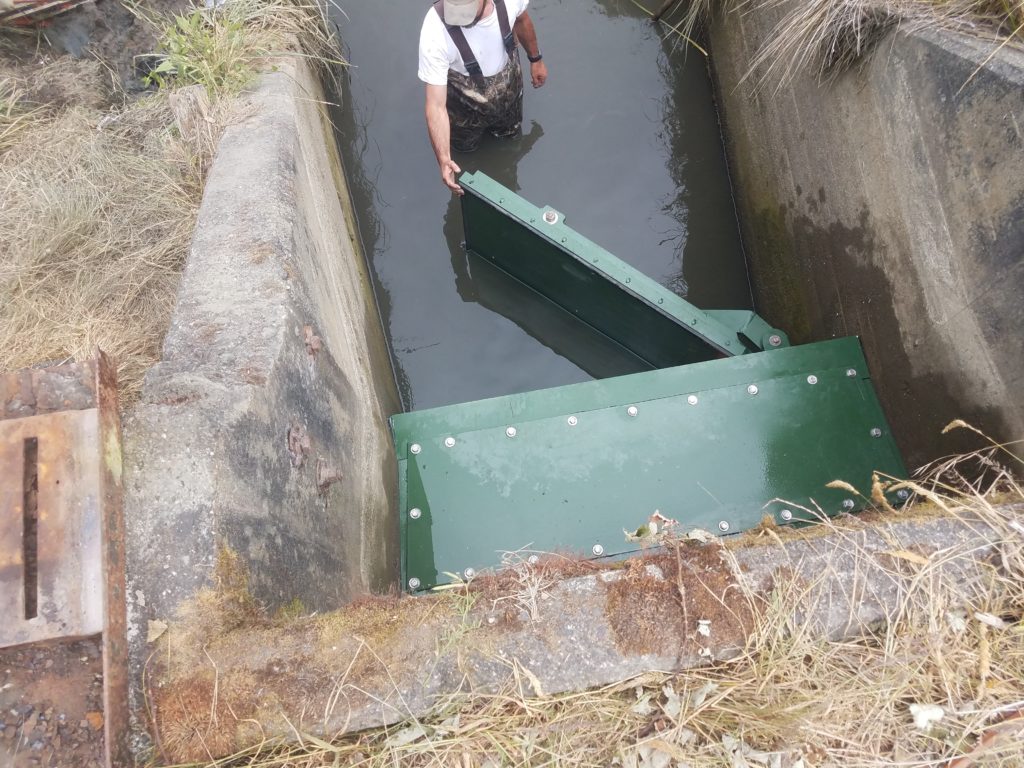
Installation of new fish-friendly, side-hinged tide gate
